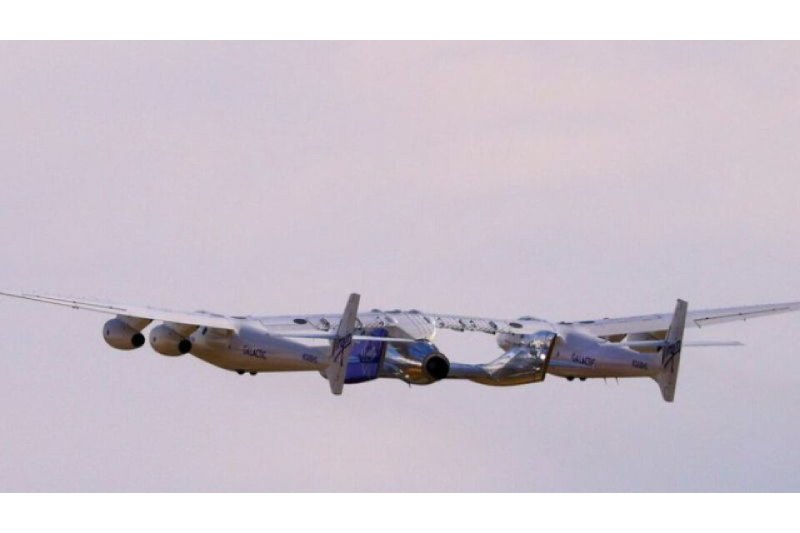Prior to its maiden flight to the International Space Station (ISS) later this year, the world’s first commercial spaceplane with wings has touched down at NASA’s Kennedy Space Center in Florida.
Tenacity, a Dream Chaser DC-100 spaceplane, was cleared to begin final pre-launch procedures, including completing its payload integration and thermal protection system, after undergoing rigorous testing at Ohio’s Neil Armstrong Test Facility. It will then board a United Launch Alliance (ULA) Vulcan rocket to deliver 7,800 pounds (3,540 kg) of supplies, including food, water, and science experiments, to the International Space Station (ISS).
For Tenacity and its creators, Sierra Nevada Corporation (SNC)—whose autonomous arm, Sierra Space, is currently handling the project—it has been a lengthy journey. Since its announcement in September 2004, the Dream Chaser has been under development. Its original purpose was to transport personnel to and from the International Space Station (ISS) as part of NASA’s Commercial Crew program. In 2014, however, it was superseded by Boeing and SpaceX, which were given contracts totaling US$6.8 billion for Commercial Crew Transportation Capability (CCtCap). The Dream Chaser appeared more like Dream Dashed at the time, and SNC was unable to overcome this.
But NASA soon returned its attention to the Dream Chaser, and in 2016 the agency selected a smaller, unmanned spacecraft to become the first of its kind to deliver essential cargo to the International Space Station (ISS) and return essential cargo to Earth. It was a wise decision on NASA’s part as well, as Boeing’s Starliner, which was awarded the 2014 CCtCap contract, has been beset by issues and delays and has yet to successfully complete a crewed launch.
The first of a fleet of adaptable, reusable lifting-body spacecraft intended for these low-orbit “delivery runs” will be Tenacity. It possesses fixed wings that enable it to re-enter Earth’s atmosphere and autonomously touch down on Kennedy’s runway at 1.5 g—a “firm” landing that is compatible with commercial runways all around the world—as well as internal thrusters with three modes for precision movement to nail ISS landings.
Upon arrival at Kennedy on May 11, Tenacity’s coupled Shooting Star cargo module will not be making it back to Earth intact. Upon reentry, the small 15-foot (4-meter) module is intended to burn up, holding 7,000 lb (3,175 kg) of cargo and an extra external store. In essence, it and up to 8,500 lb (2,590 kg) of waste will burn away due to the Earth’s incinerator, which is powered by air pressure.
Tenacity is scheduled to launch from Cape Canaveral Space Force Station’s Space Launch Complex-41. It will dock with the International Space Station for approximately 45 days before saying goodbye to its cargo module and making a runway landing on Kennedy. Up to 3,500 pounds of cargo, including significant scientific data from work done at the space station, will be returned by it.
According to Sierra Space, it will assemble Shooting Star modules on a production line; a new module is required for every trip. According to NASA, Tenacity will be used for at least seven cargo flights. These missions may involve increasing the spaceplane’s carrying capacity and extending their duration to up to 75 days.
